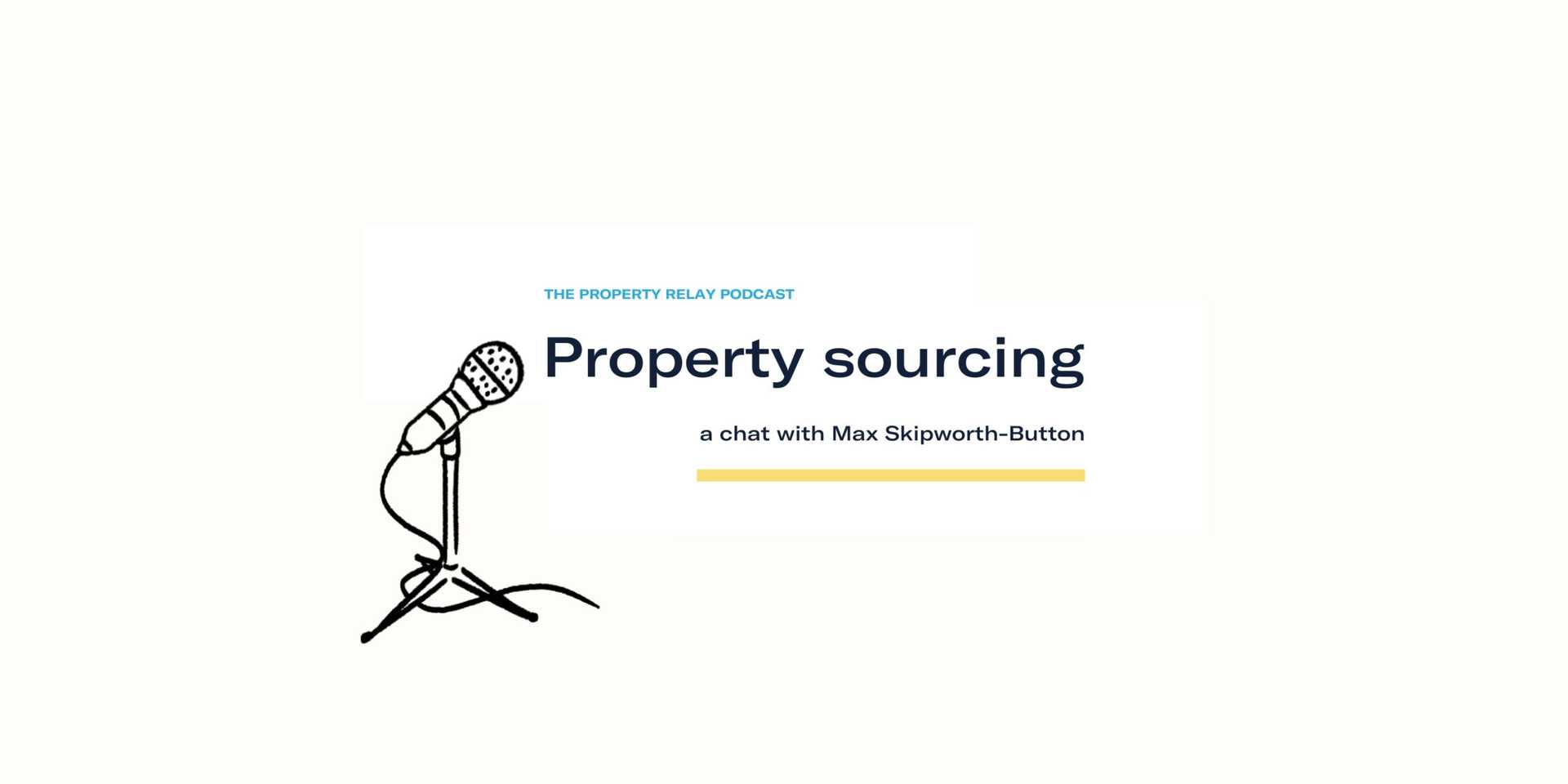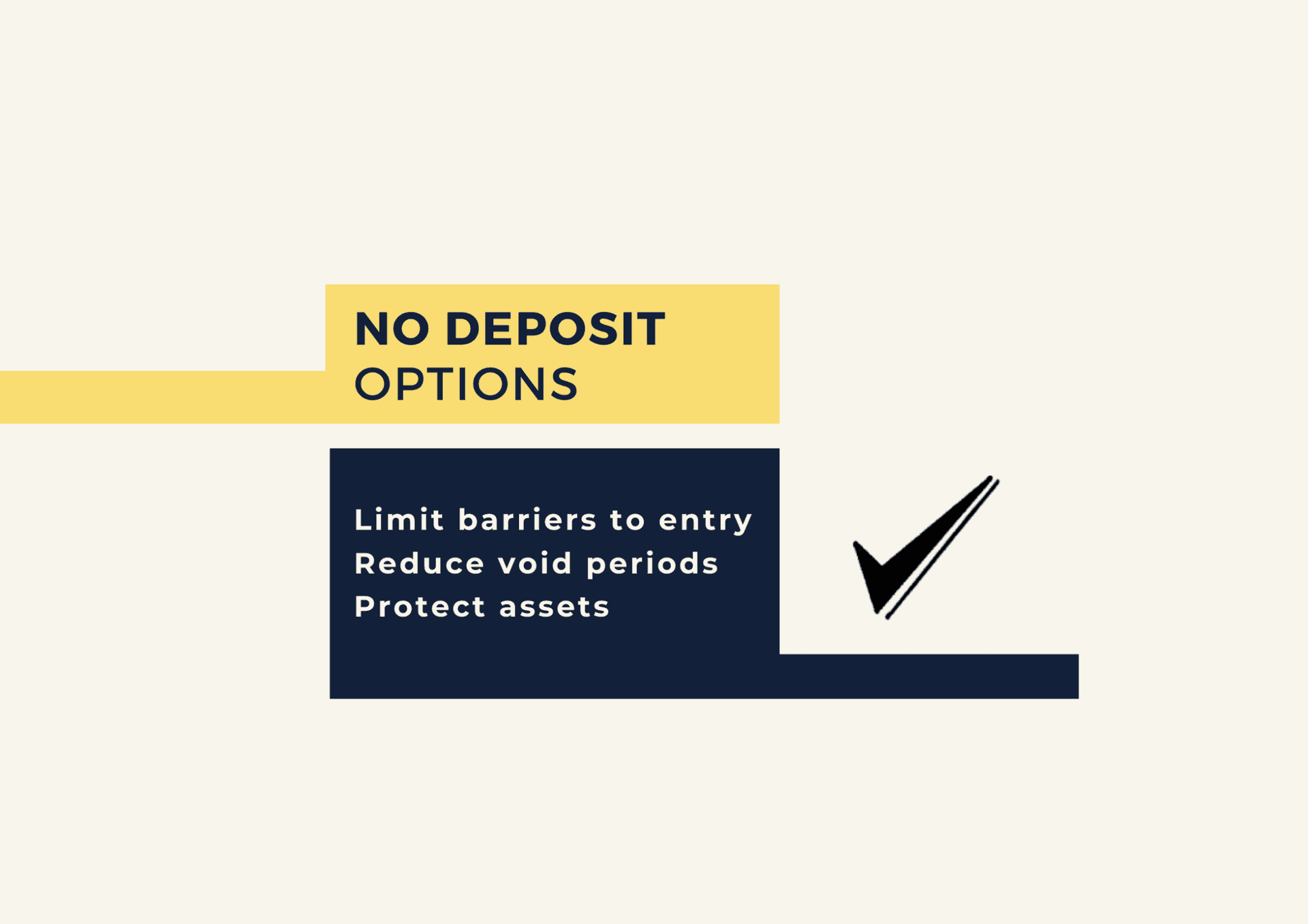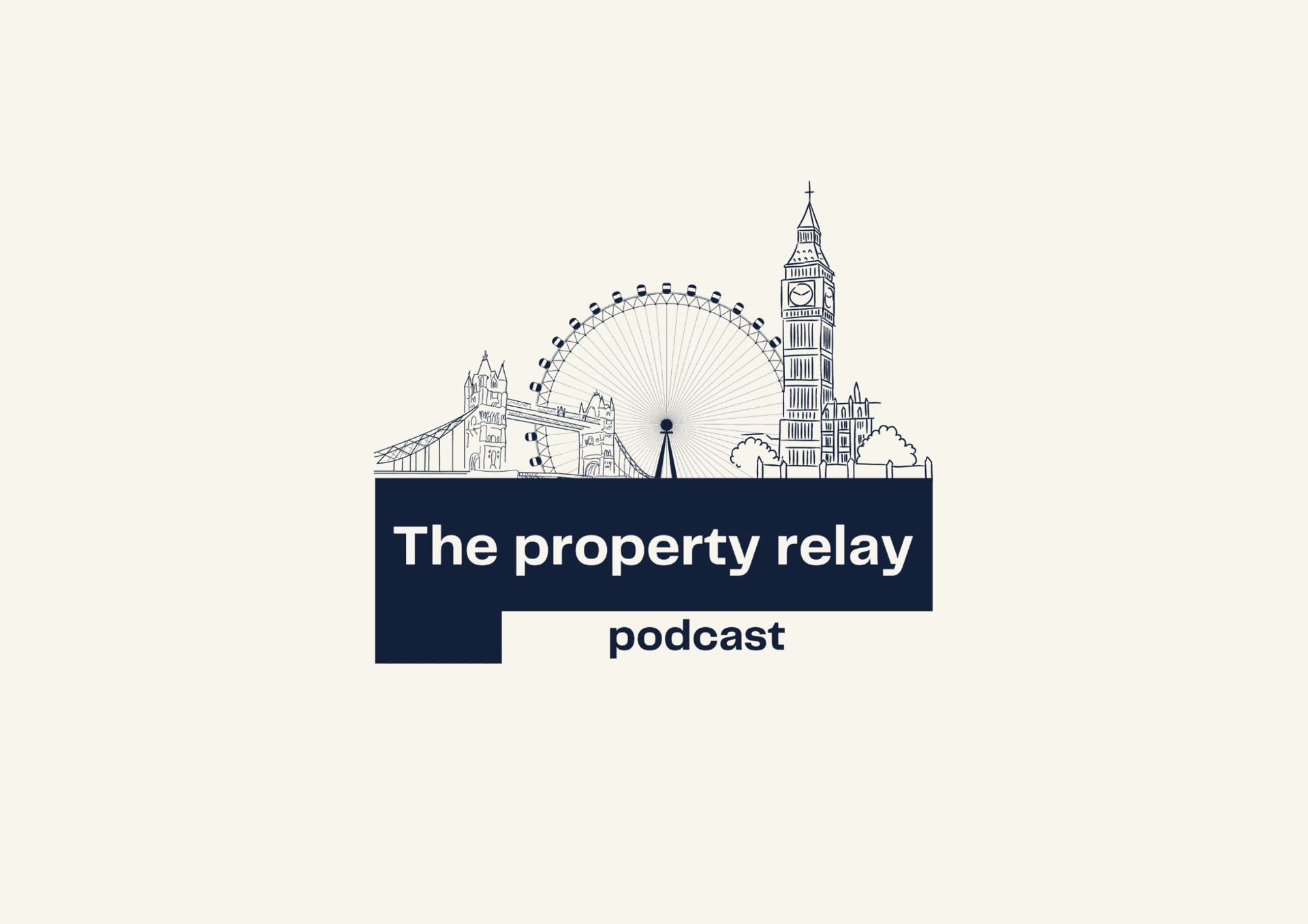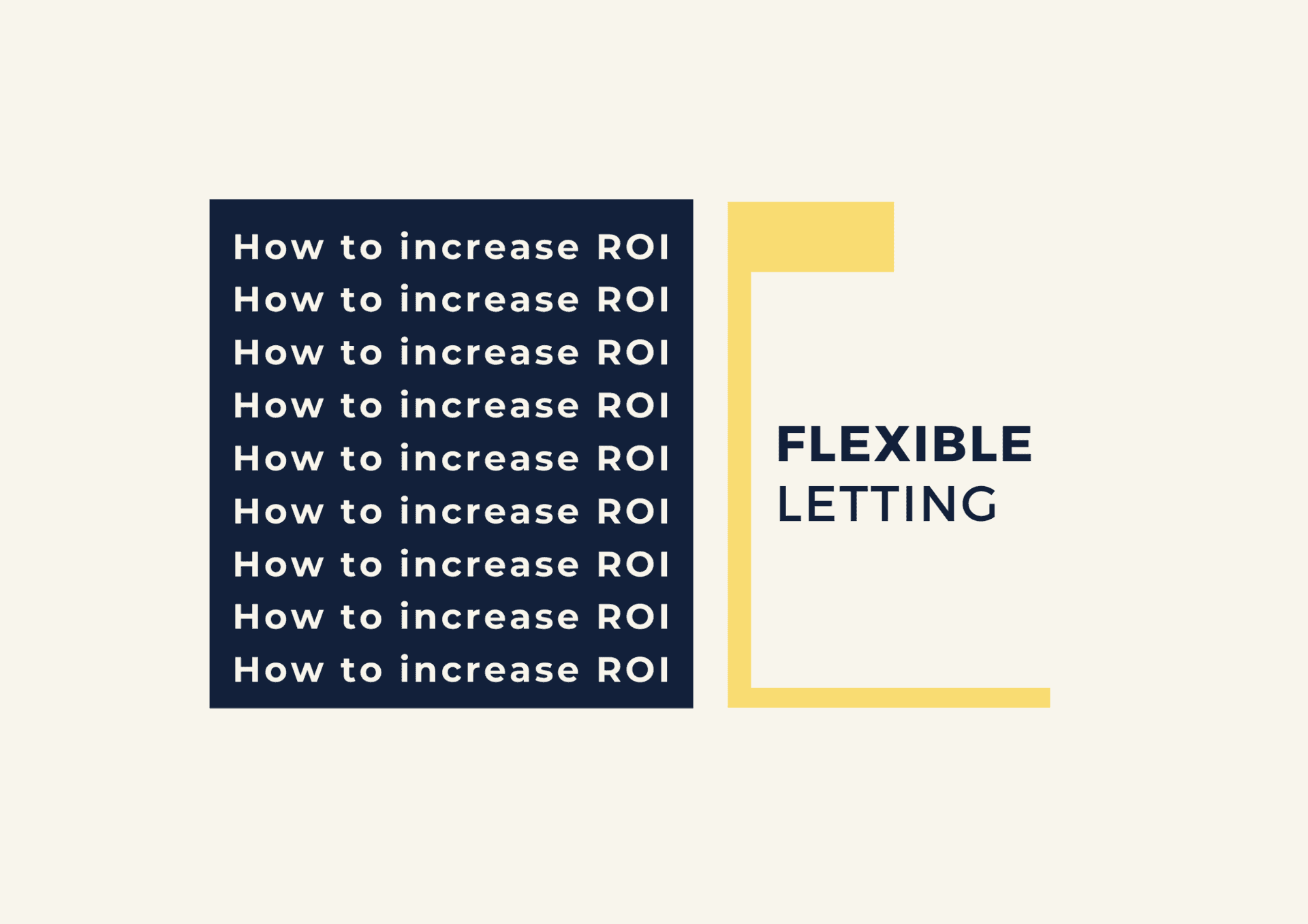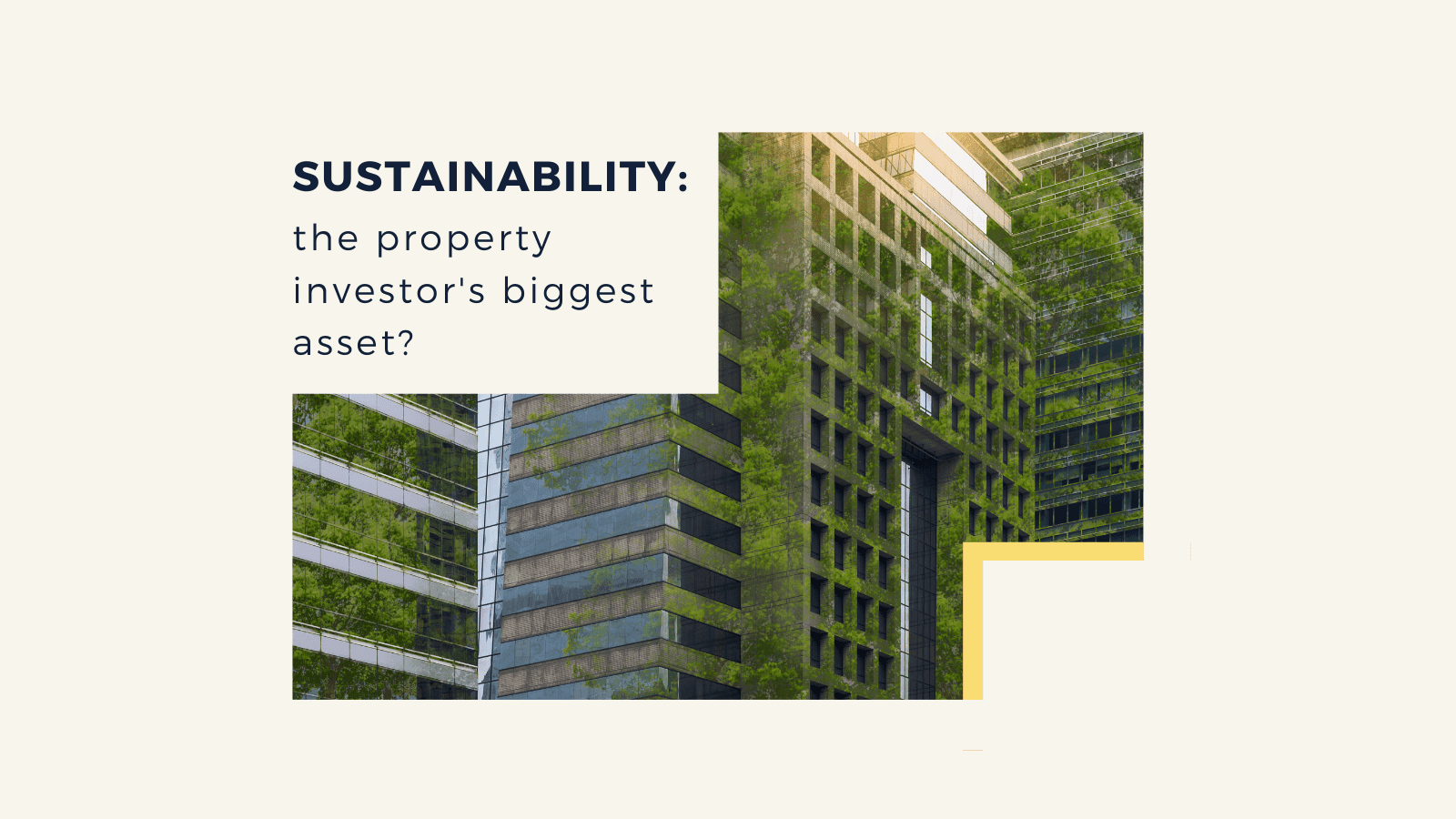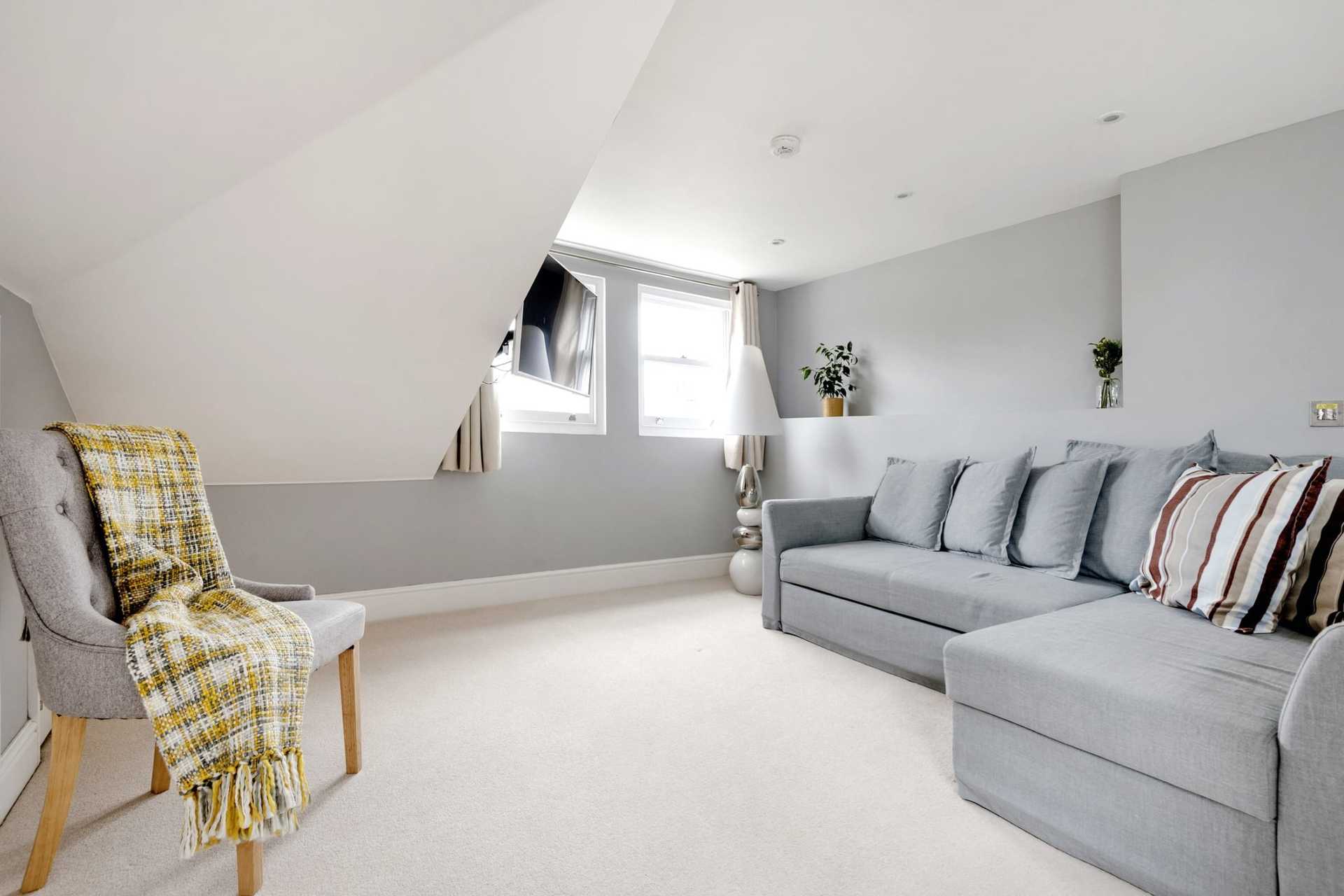Share
Rental yield is the return a property investor or landlord is likely to achieve on a property through rent. Using a yield calculation, landlords are able to work out how much monthly rental income is required to make their buy-to-let property viable, and ensure good and sustainable month-on-month cash flow from the property.
How do you work out rental yield?
There are two types of rental yield that are commonly referred to. When making final investment decisions, it is important to reflect on other considerations above and beyond yield, including the specific location and its current market, tenant demand, and broader, longer term factors including capital appreciation.
Gross rental yield
This is the rental yield before other expenses are taken into consideration. Often investors or landlords will use this calculation in the beginning stages of their buy-to-let property investment search to compare one property against another, helping to determine between good investments and those that may pose financial risk.
Gross rental yield is worked out by dividing the annual rental income by the price of the property and multiplying by 100. Although, it’s often easier to use a yield calculator to ensure mistakes aren’t made at this early stage!
Net rental yield
This measure is gross rental yield minus any annual property expenses. For property investors and landlords, there are increasing amounts of costs that are incurred when renting out your property – most recently including the Tenant Fees ban and the reduction of mortgage interest tax relief. Add any unexpected maintenance costs, like the boiler breaking down or void periods in your tenancy, and you may even see yourself breaking even or losing money each month on your property.
So net rental yield is important to work out to ensure you are generating good rental returns despite rising costs, with most landlords using this calculation to help in monthly forecasting too.
What is a good gross rental yield?
For the purposes of this blog, we will talk about gross rental yield, considering costs required for the net calculation will vary between properties depending on size, location, any maintenance requirements etc.
As a general rule, landlords and investors will be looking to achieve a gross yield of between 5-7%, but this percentage is very much dependent on your location across the UK. Take London as an example – given the high house prices, stamp duty costs and supply of rental properties, rental yield can often be as low as 3% in some areas of the capital. However, on average, London property investors and landlords look for at least 4% yield if possible.
To maximise the rental yield of your property, the obvious step is to increase your monthly rental rate. To justify any significant increases in rent, it is likely that you will need to consider some upgrades or changes to your property to increase tenant demand or its overall market value. This could be anything from becoming pet friendly, completing maintenance work, redecorating, improving the quality of kitchens, bathrooms and appliances or increasing the amount of outdoor space. At the same time, it is also important to consider ways to reduce your costs. This could mean sourcing cheaper contractors for building and maintenance needs, or remortgaging to a better interest rate for example.
As London’s most trusted property management company we specialise in optimising your income through short and long let management services. We offer London’s leading short let services through our market leading operations, smart pricing and marketing alongside the most competitive long let service in the city, led by our team of qualified experts. Letting your property has never been so easy, or so lucrative. Contact us today for more information about rental yields, or how we can help you manage your property moving forward.





